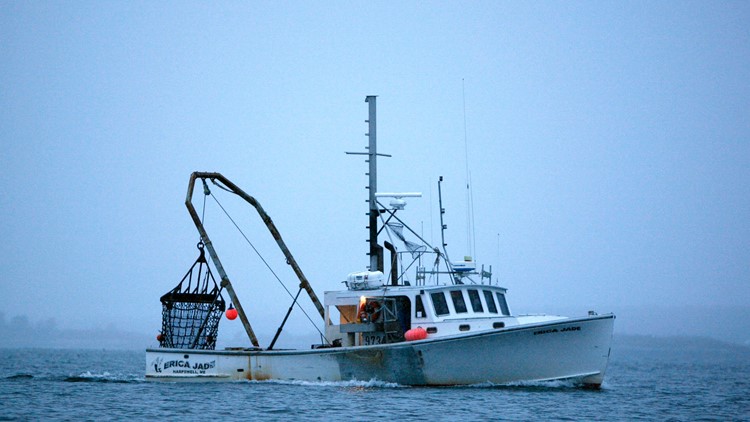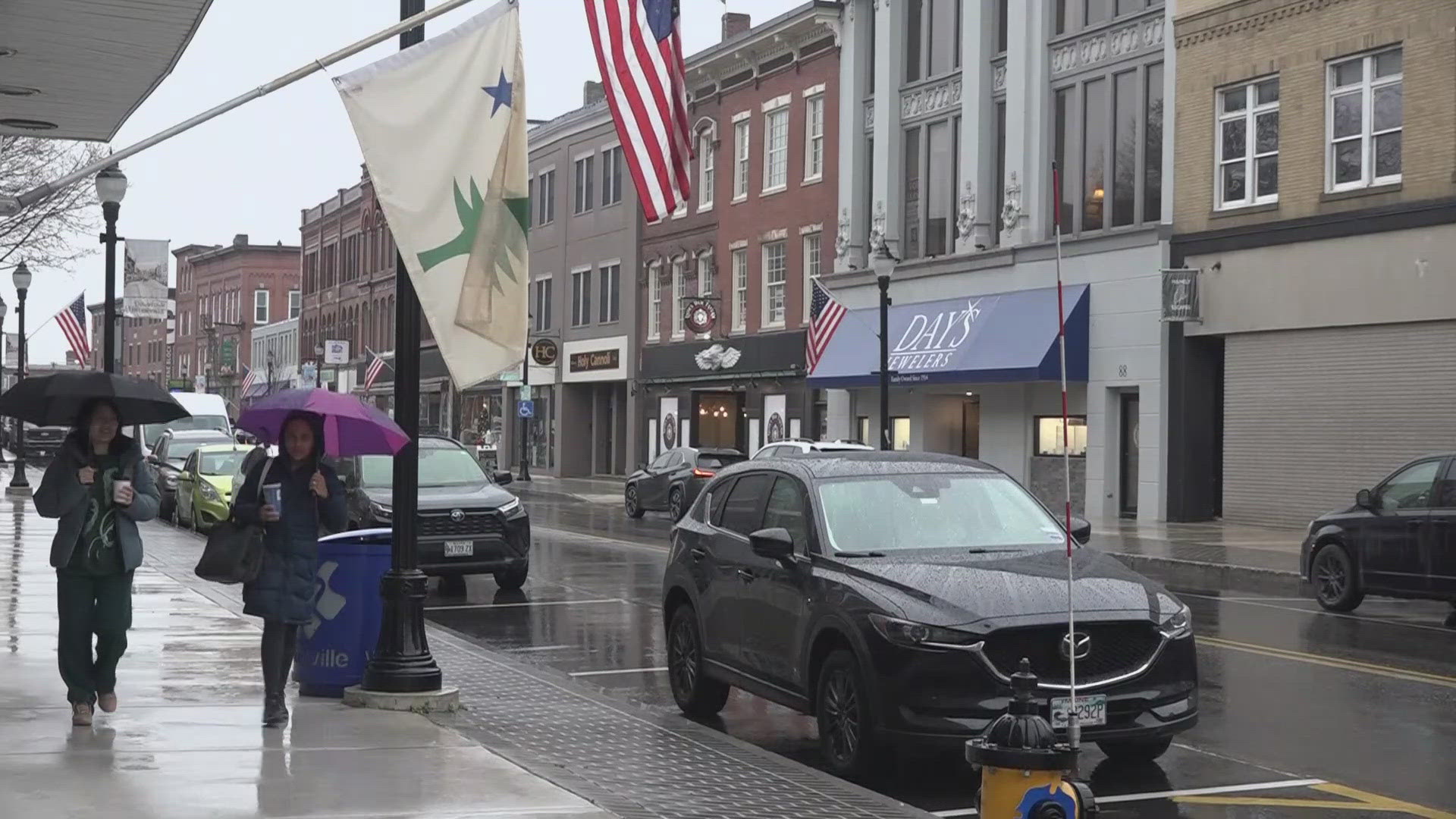PORTLAND, Maine — America's commercial fishing industry fell 10 percent in catch volume and 15 percent in value during the first year of the COVID-19 pandemic, federal regulators said Thursday.
The 2020 haul of fish was 8.4 billion pounds, while the value of that catch was $4.8 billion, officials with the National Oceanic and Atmospheric Administration said. The early months of the pandemic posed numerous challenges for the U.S. fishing industry, which has remained economically viable despite the challenging year, NOAA officials said.
“It was fishery closures, boats not going out due to COVID, border closings due to COVID, lots of disruption in the flow of goods and services,” Michael Liddel, NOAA's commercial fishery statistics branch chief, said.
NOAA made the announcement as it unveiled its “Status of the Stocks” report, which provides details about the health of the nation's commercial fishing industry.
The report said there were 51 fish stocks on the federal government's “overfished list” in 2021. That list includes stocks that have been depleted by excessive fishing, and the number was an increase of two from the previous year.
Bering Sea snow crabs were among the stocks added to the overfished list. The snow crab fishery, based in Alaska, is one of the most valuable in the country and was worth more than $100 million at the docks in 2020. Climate factors appear to be playing a role in the decline of Bering Sea snow crabs.
The stock could be falling victim to disease, predation, and movement in search of colder waters, said Kelly Denit, director of NOAA Fisheries' Office of Sustainable Fisheries.
“That abundance has dropped by more than 50 percent in the past two years, and that stock is now overfished,” Denit said.
NOAA also removed a few fish stocks from its overfishing and overfished lists. They included the south Atlantic Coast tilefish and the eastern Pacific Ocean yellowfin tuna.
Some of the largest value seafood species were once again New England staples, such as lobster, a fishery anchored in Maine, and sea scallops, many of which come to the docks in Massachusetts. Other high-value seafoods included species of crab, salmon, and shrimp.
NOAA said 8 percent of stocks with known statuses are subject to overfishing. That means nearly 300 fish stocks are not.
The high number of sustainable fish stocks illustrates that regulators and industry were able to "answer the challenge of COVID-19 while ensuring the sustainability and economic stability of our nation’s fisheries,” NOAA’s acting assistant secretary for oceans and atmosphere Janet Coit said.



